While the loss of power disrupted a major telemetry hub for Mount St. Helens monitoring, @PNSN1 stations on the volcano are still providing plenty of data. There is no volcanic unrest associated with this debris flow. CVO continues to monitor the volcano and its surroundings. 2/3
— USGS Volcanoes? (@USGSVolcanoes) May 15, 2023
Mount St. Helens in the northwestern United States had an immense eruption on today’s date – May 18 – in the year 1980. It’s since often been declared the most disastrous volcanic eruption in U.S. history. This year, 2023, is its 43rd anniversary. And, just days before the anniversary – on May 14, 2023 – current warming temperatures released a debris flow, made from leftover eruptive material, that rushed down South Coldwater Creek and took out a bridge on the lone park road, State Highway 504, also known as Spirit Lake Highway. In addition, the destruction cut off access and power to the Johnston Ridge Observatory, located at the end of State Highway 504, in the heart of Mount St. Helens’ blast zone. The USGS assured people online that, while the debris flow was large enough to trigger seismographs, there was:
no volcanic unrest associated with this debris flow.
The local Fox12 news station in Oregon reported that 11 people and a dog had to be rescued by helicopter after the landslide. Cowlitz County officials estimated the landslide at about 200 yards (183 m) wide and 10 feet (3 m) deep, with a foot of water running over the entrance road.
The Johnston Ridge Observatory still lists its status as unreachable, as of May 18, 2023.
Mount St. Helens erupted on May 18, 1980
On May 18, 1980, Mount St. Helens underwent a catastrophic and deadly eruption, triggering the largest landslide ever recorded. Earlier in the year, thousands of small earthquakes, venting steam, and a growing bulge protruding 450 feet (137 m) indicated that magma was rising in the volcano. Then, at 8:32 a.m. local time, a 5.1-magnitude earthquake rocked the mountain, triggering the huge landslide and lateral blast that collapsed the volcano’s northern face. Hot pressurized magma erupted, and the ash plume reached a towering height of 80,000 feet (15 miles, 24 km), before blanketing the surrounding region. A Unites States Geological Survey (USGS) geologist described the destructive blast:
It completely destroyed an area of 230 square miles [595 square kilometers] in a matter of five to nine minutes. It essentially killed everything within that area.
Altogether, 57 people, including volcanologist David A. Johnston and photojournalist Reid Blackburn, were killed during the May 18, 1980, eruption at Mount St. Helens. Later, the Johnston Ridge Observatory in Toutle, Washington, was named for the late volcanologist.
The dense forest that covered the slopes of the volcano was reduced to ash inside an area known as the inner blast zone, which extended about 6.2 miles (10 km) from the summit. Additionally, trees farther away from the inner blast zone were also damaged by the searing heat. The total extent of the devastated forested area is known as the blowdown zone.
Lahars – mudflows carrying debris from volcanic eruptions – formed rapidly from the melting ice and snow on Mount St. Helens’s flanks. The massive lahars created in the 1980 eruption damaged homes, roads and bridges in nearby communities.
Over the past decades, however, this area has slowly rebounded with life.
Before, during and after photos
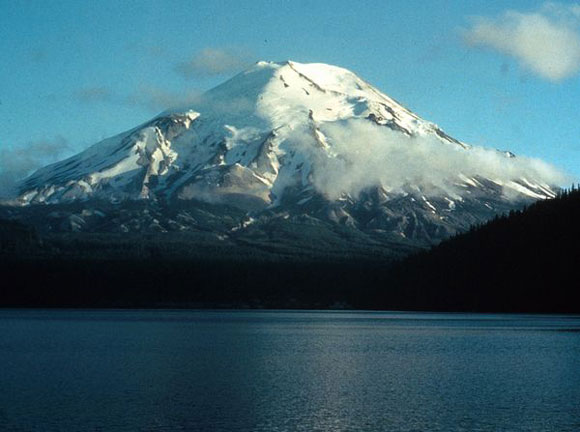
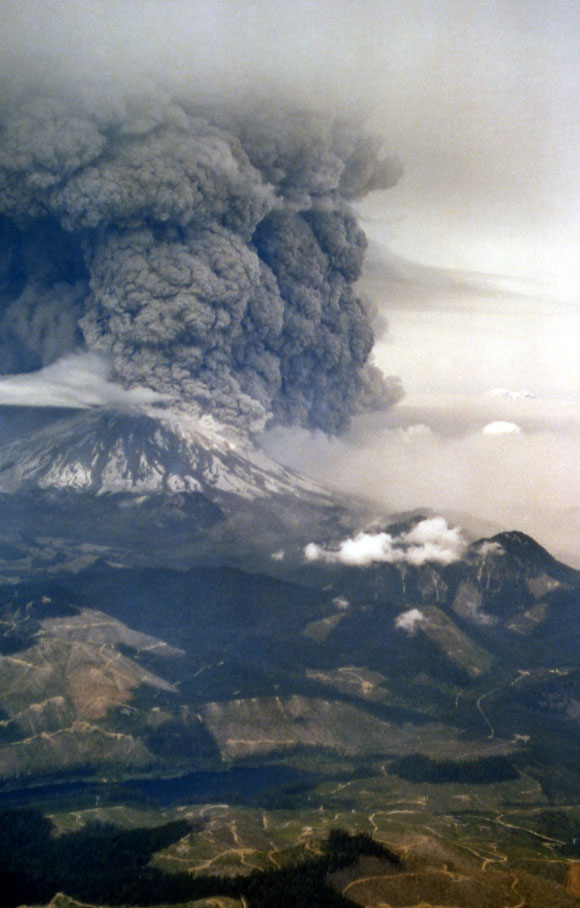
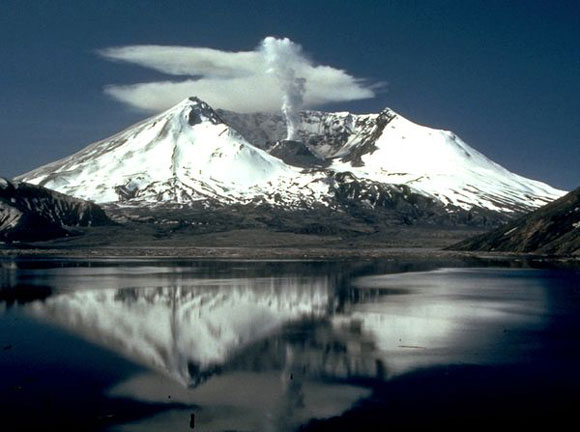
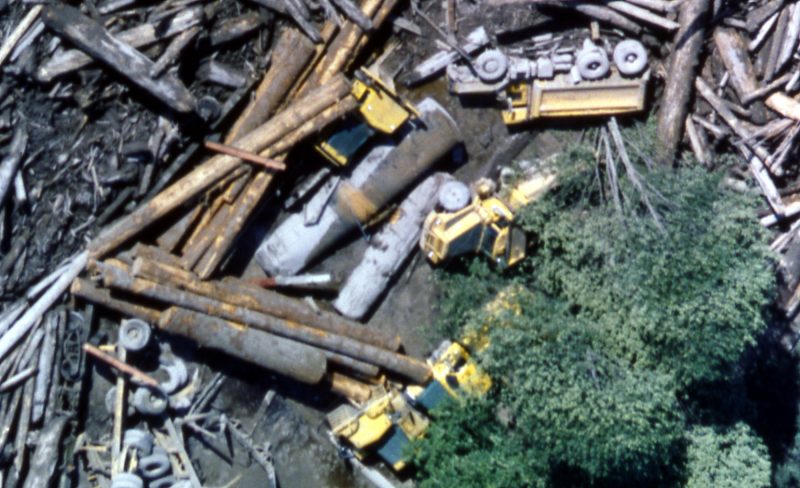

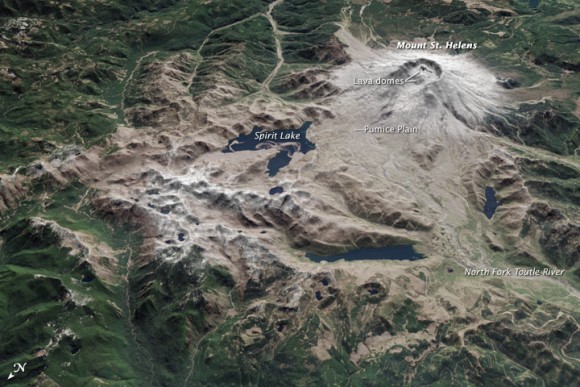
The state of the volcano today
Now, Mount St. Helens stands as an 8,363-foot (2,550-m) high stratovolcano located in Skamania County, Washington, some 1,300 feet (396 m) shorter than before its 1980 eruption. Moreover, it is the most active volcano in the Cascade Range, which runs along the northwestern coast of North America. The Cascade Range is part of the Pacific Ring of Fire. Indeed, Mount St. Helens is still considered one of the most dangerous volcanoes in the United States.
Also, since 1980, Mount St. Helens has continued to experience periodic earthquakes and volcanic eruptions, but not to the same extent of that seen in 1980. The Cascades Volcano Observatory continually monitors activity at Mount St. Helens.
Bottom line: Mount St. Helens volcano exploded in a cataclysmic event on May 18, 1980, killing 57 people and dramatically altering the landscape. Then, in 2023, leftover debris from the 1980 eruption flowed down a creek and destroyed a bridge on the only road in to the observatory.
View more Mount St. Helens eruption videos











